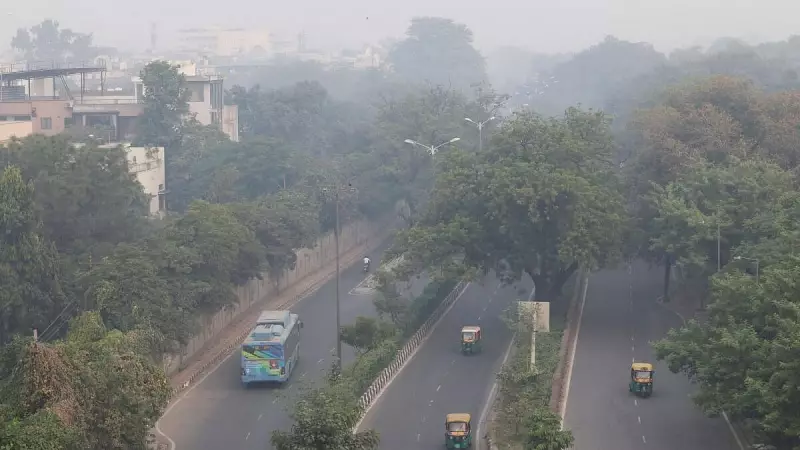
The morning after Diwali celebrations illuminated the skies, residents of India's capital woke up to a grim reality as Delhi's air quality plummeted to 'severe' levels, transforming the city into a gas chamber. Meanwhile, in a stark contrast that highlights India's growing environmental divide, Bengaluru enjoyed relatively cleaner air, though concerns about gradual deterioration persist.
The Capital's Pollution Crisis
Delhi's Air Quality Index (AQI) crossed the hazardous 400-mark at multiple monitoring stations, with some areas recording levels as high as 500. The combination of firecracker emissions, stubble burning from neighboring states, and unfavorable meteorological conditions created a perfect storm for pollution.
Key factors worsening Delhi's situation:
- Large-scale firecracker bursting despite partial bans
- Agricultural residue burning in Punjab and Haryana
- Calm winds and low temperatures trapping pollutants
- Construction dust and vehicle emissions adding to the mix
Bengaluru's Relative Respite
While Bengaluru recorded better air quality compared to Delhi, with AQI levels in the 'moderate' to 'poor' categories, environmental experts noted a significant deterioration from pre-Diwali conditions. The city's AQI ranged between 150-250, indicating that while the situation wasn't as critical as Delhi's, the festival period still took a toll on air quality.
Why the Southern City Fared Better
Several factors contributed to Bengaluru's relatively better air quality:
- Greater public awareness about eco-friendly celebrations
- Better enforcement of firecracker regulations
- Favorable wind patterns helping disperse pollutants
- Less impact from stubble burning compared to northern India
Health Advisory Issued
Medical professionals across both cities have issued health advisories, particularly for vulnerable groups including children, elderly citizens, and those with pre-existing respiratory conditions. Doctors recommend:
"Avoid morning walks and outdoor exercises when AQI levels are high. Use N95 masks if going outside is unavoidable, and consider using air purifiers indoors, especially in Delhi where the situation is particularly severe."
The Growing North-South Pollution Divide
This post-Diwali scenario highlights the increasing environmental disparity between northern and southern Indian cities. While northern cities like Delhi face geographical and meteorological challenges that exacerbate pollution, southern cities benefit from better air circulation patterns, though rapid urbanization threatens these advantages.
The alarming contrast between Delhi and Bengaluru's air quality serves as a wake-up call for comprehensive, region-specific strategies to combat air pollution across India.





